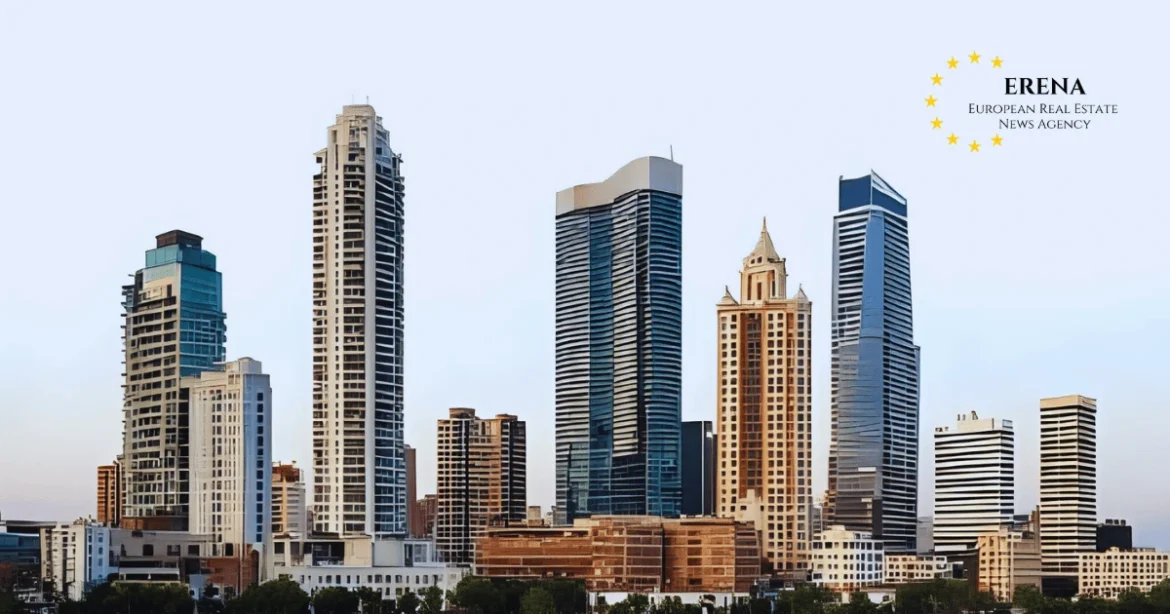JPMorgan Asset Management and Madrid-based developer Grupo Lar have launched a landmark €600 million joint venture to create one of Spain’s largest flex living platforms. The plan, announced in mid-August 2025, will deliver about 5,000 fully furnished, serviced apartments in around ten projects across Madrid, Barcelona, Valencia and Málaga. The initiative reflects the rapid institutionalisation of flex living, a hybrid between traditional build-to-rent and serviced apartments that is gaining traction across Europe.
Madrid Leads with a Pilot Project
The first scheme will break ground in San Sebastián de los Reyes, a northern suburb of Madrid. This area, positioned along the A-1 corridor and surrounded by business parks and retail centres, has become a magnet for project-based professionals and highly mobile workers. The development will comprise 500 units and serve as the pilot that opens the wider platform.
EjePrime reports the JV is prioritising metropolitan areas with strong connectivity and transient demand, where mid-stay housing is already showing structural growth.
Additional projects are being prepared in suburban areas around Madrid and in metropolitan zones of Barcelona and Valencia, where land availability and zoning rules allow mid-stay formats to scale more easily.
The Economics Behind the Strategy
Dividing €600 million over 5,000 units suggests an average capital intensity of about €120,000 per apartment. This is an indicative benchmark rather than an official figure, as actual costs will vary depending on location and amenity levels. A 500-unit project in Madrid, for example, would represent an investment of roughly €60 million.
Market analysts note that institutional living projects in Spain often stabilise at yields around the 5 percent range, though JPMorgan and Grupo Lar have not disclosed financial targets for this platform.
Cinco Días notes that flex living is often permitted on tertiary-zoned land and can be executed faster and at lower entry costs than conventional residential housing.
Why Demand is Rising
The joint venture is designed to respond to shifting living patterns. Spain’s cities are experiencing stronger household formation than new housing completions, creating a structural supply gap. At the same time, the share of single-person households has grown, while remote work and professional mobility continue to reshape demand. Flex living answers this by offering turnkey, medium-term rentals with utilities, furniture and services included. For tenants, the model offers freedom from multi-year commitments; for investors, it supports faster lease-up and higher achievable rents than unfurnished stock, while remaining cheaper on a per-night basis than full-service aparthotels.
Competition Heats Up
The Spanish flex living market is no longer a niche. Greystar’s Be Casa has already established a presence, while Stoneshield’s The Flexy Living is expanding rapidly. JPMorgan and Grupo Lar will need to stand out through design, technology and service. Plans include building an operating platform with digital leasing systems, gyms, coworking areas and community programs to attract and retain residents.
IPE Real Assets highlighted that scale and professionalised services will be crucial to consolidating flex living as an institutional segment in Spain.
Execution risks remain. Higher fit-out costs for communal areas and advanced building technology must be managed carefully. In addition, regulatory frameworks vary by city, and the model must remain compliant with rules that separate medium-term housing from short-term tourist accommodation.
Grupo Lar’s Broader Platform
For Grupo Lar, flex living complements its existing strategy. Alongside this partnership, the company has been developing Vivia, a long-term rental platform, showing its intention to cover multiple market segments. By teaming with JPMorgan, it now adds a mid-stay option to its portfolio, giving it exposure across the full rental spectrum.
Outlook
For JPMorgan, the investment fits a broader European allocation to residential sectors with resilient demand drivers. A rollout across ten projects provides scale, diversification and optional exit strategies such as a future REIT-style listing. If the first Madrid project achieves strong occupancy and rent levels, similar schemes in Barcelona, Valencia and Málaga are expected to follow, supported by operational data that lowers risk for lenders and co-investors.
The joint venture involves a capital commitment of €600 million, targeting about 5,000 units across Spain’s largest cities over the coming years. On average, this translates to roughly €120,000 per unit as an indicative benchmark. The initial 500-unit complex in San Sebastián de los Reyes will set the operational reference point. If stabilised yields align with market expectations of around 5 percent and occupancy proves resilient, the venture could combine institutional returns with flexibility and speed to market.
Final Perspective
The JPMorgan–Grupo Lar partnership gives Spain’s flex living sector a decisive boost, transforming it from an emerging niche into an institutional asset class. Success will hinge on three key variables: construction costs per unit, rent premiums relative to conventional leases, and sustained occupancy in the first wave of projects. If those metrics hold, the €600 million platform could redefine Spain’s rental landscape and set a model for wider adoption across Europe.

